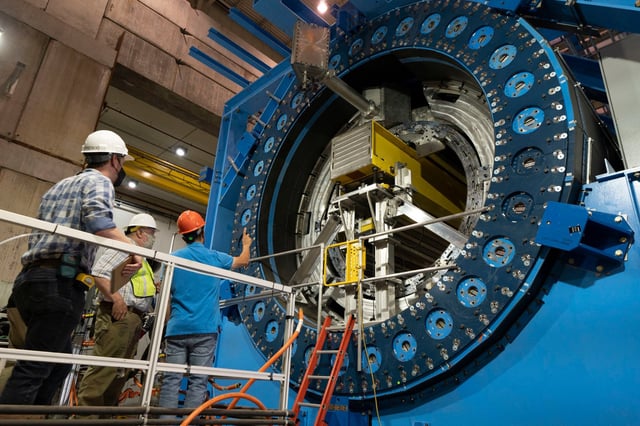Overview
- In a Journal of High Energy Physics paper, the collaboration reports precise counts and energies of particles from gold‑ion collisions.
- Head‑on impacts yielded about 10 times more charged particles with roughly 10 times higher energies than glancing collisions, confirming sensitivity to collision centrality.
- The validation draws on a three‑week data set from fall 2024 and shows the instrument is performing to design specifications.
- The two‑story, 1,000‑ton detector records up to about 15,000 collisions per second using layered trackers and calorimeters, including MIT’s MVTX micro‑vertex system.
- Researchers say the verified performance positions sPHENIX to pursue one‑in‑a‑billion rare processes to probe QGP density, particle diffusion, and binding energies as RHIC running continues.
